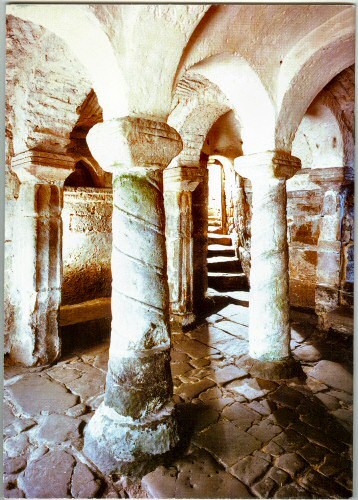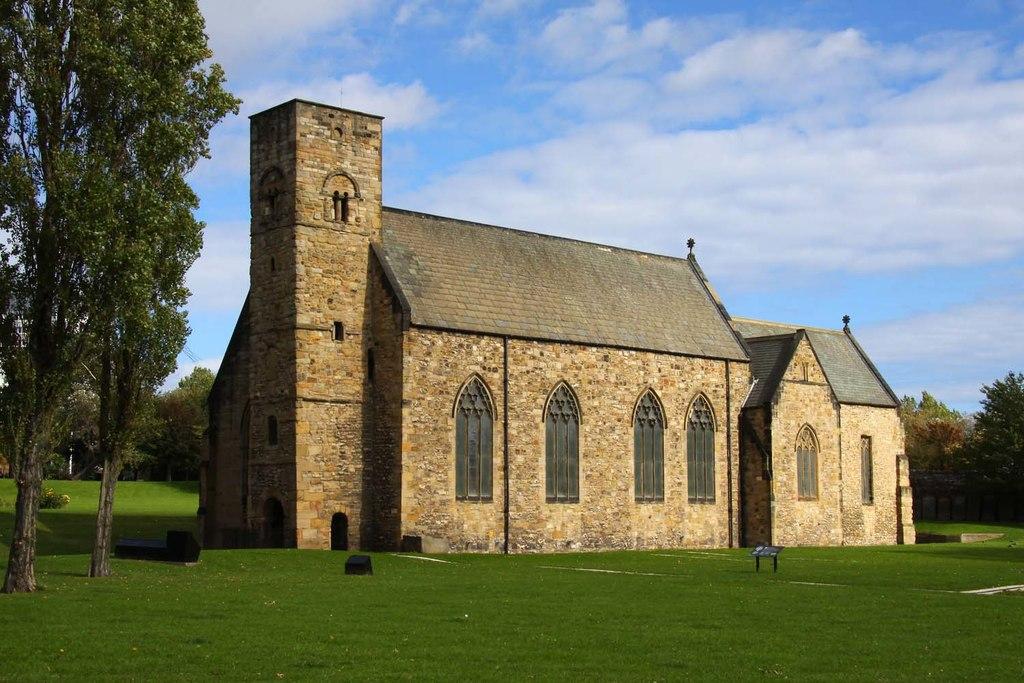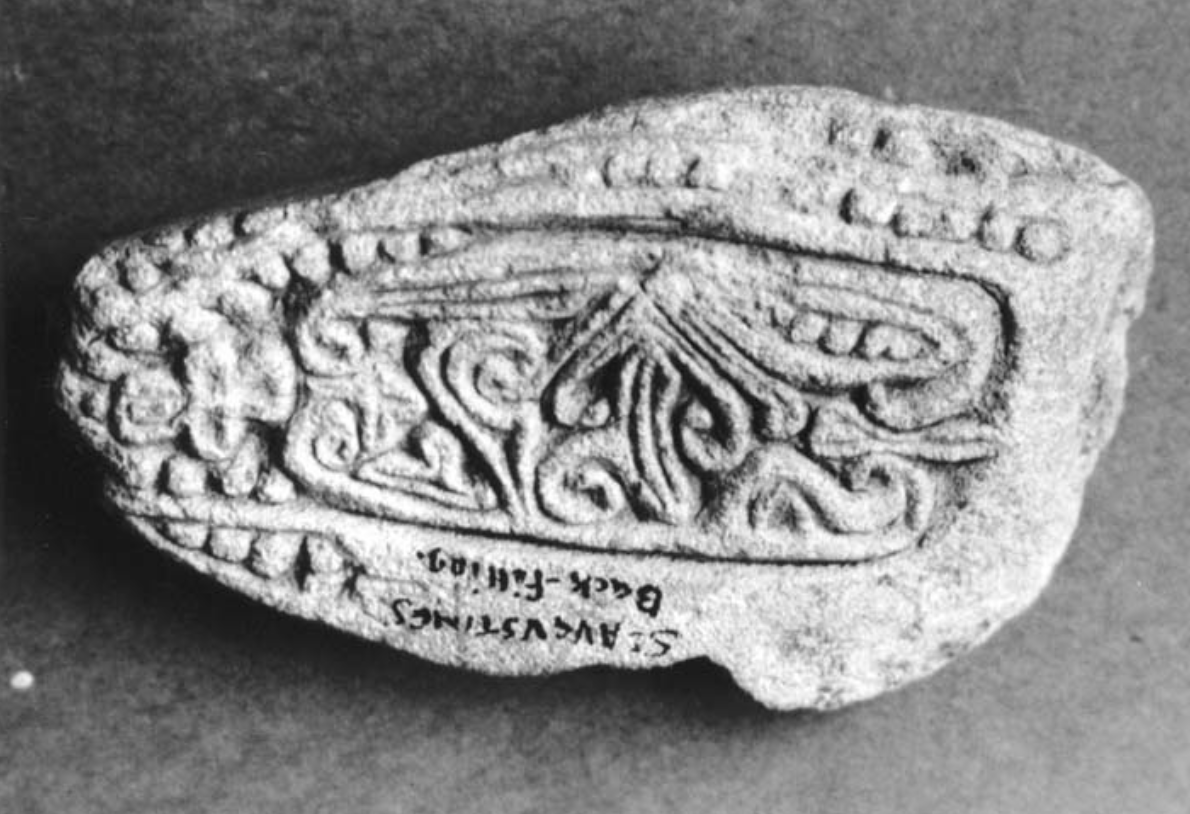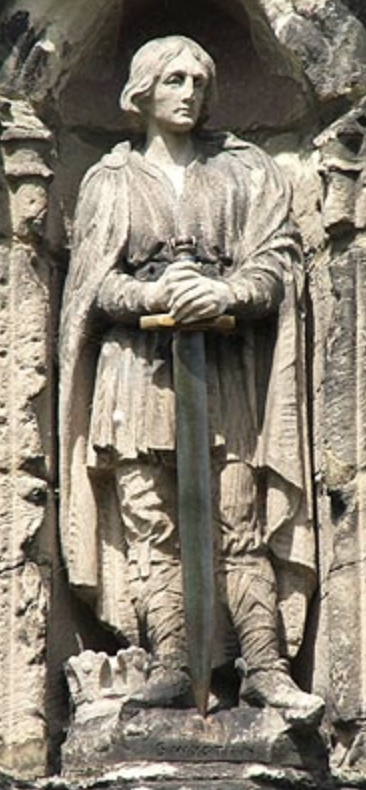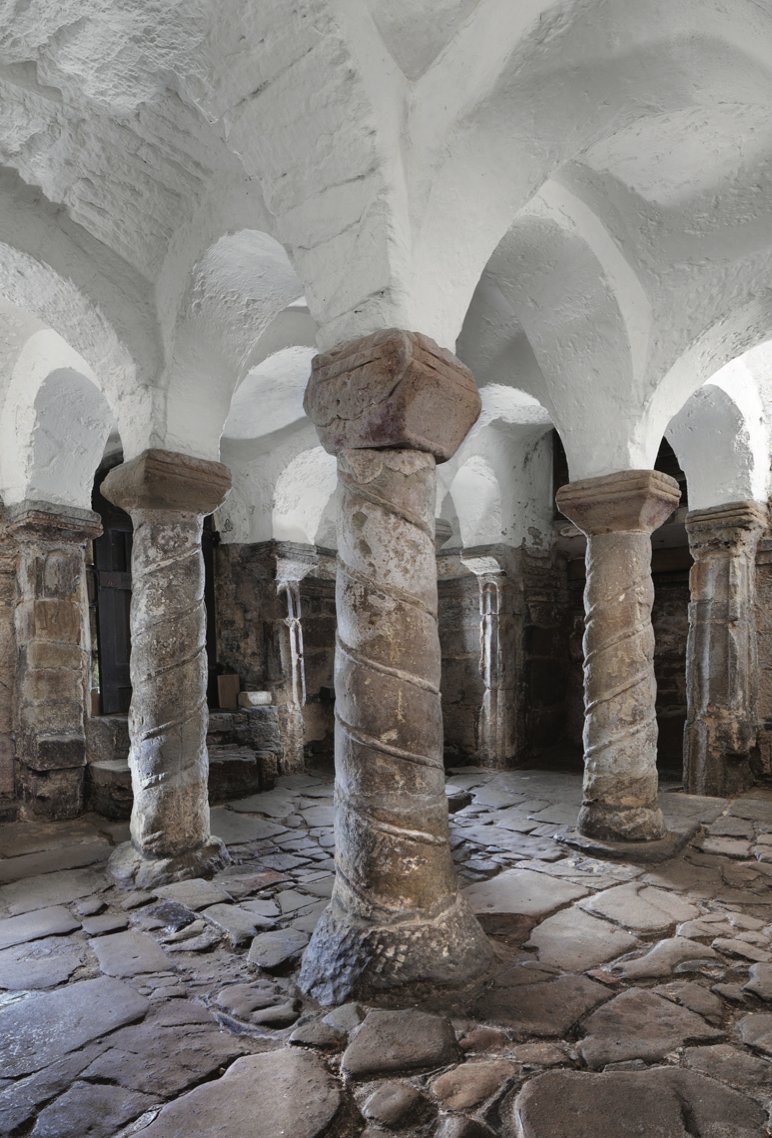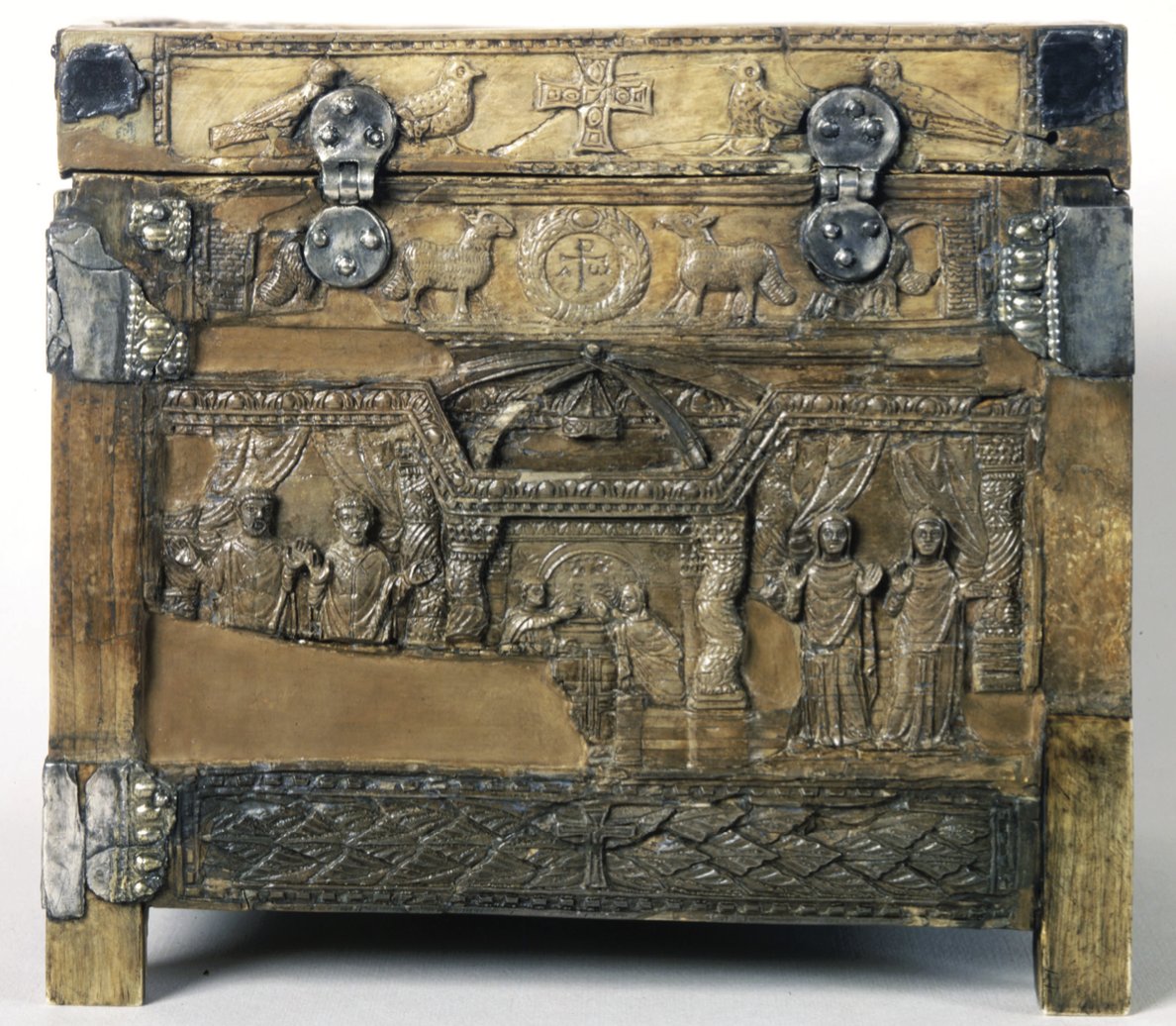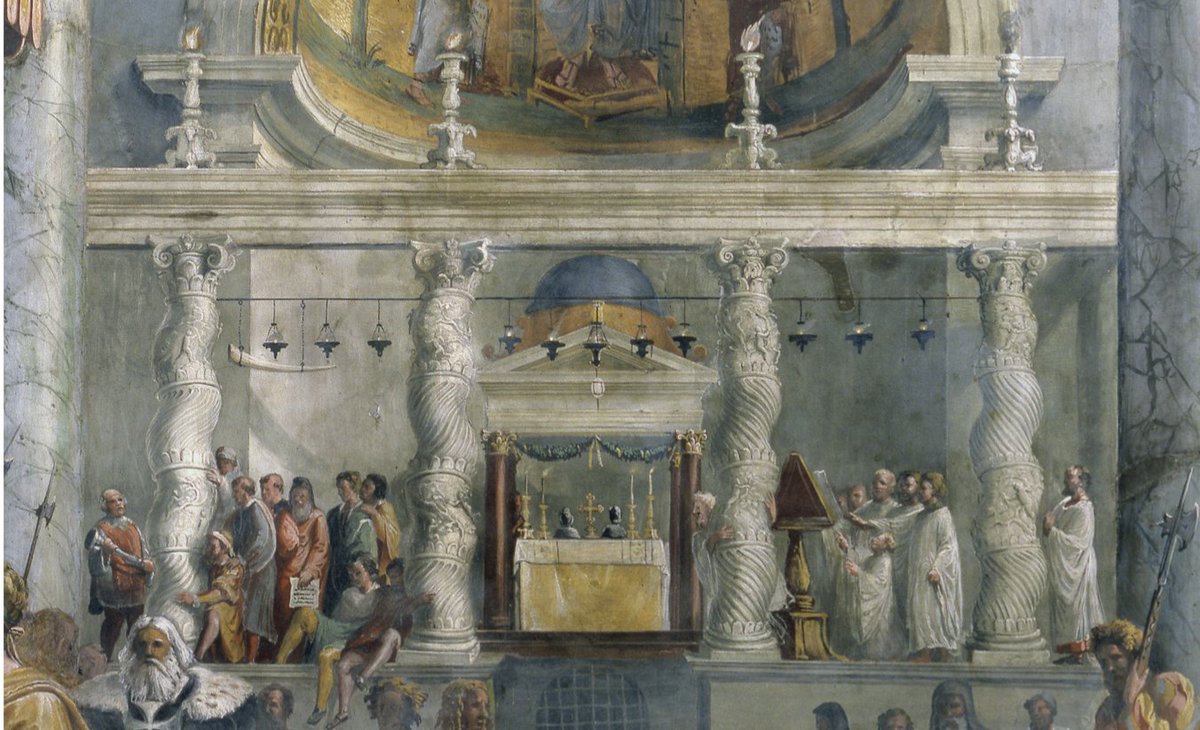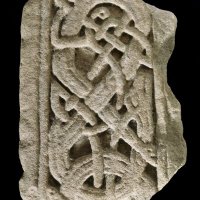
The Corpus of Anglo-Saxon Stone Sculpture (CASSS)
@AS_Corpus
AHRC-funded 'Worked in Stone', the final phase of CASSS, is based @ArcDurham. Tweets by @weefiddler and Prof Sarah Semple.
ID:960454179947991040
http://www.ascorpus.ac.uk 05-02-2018 10:04:55
3,1K Tweets
3,2K Followers
185 Following

Mercian Migrant Dr Christina Smith The Corpus of Anglo-Saxon Stone Sculpture (CASSS) Megan Henvey Dr Meg Boulton Heidi Stoner Yes, we are working on our new web interface with the Archaeology Data Service which will enable free searching and download of all data. We are aiming for a late 2024 launch.

The Lowther 06 #hogback . Captured via #3d #photogrammetry a few days ago. Some unusual carvings on this one according to The Corpus of Anglo-Saxon Stone Sculpture (CASSS)! Some nice tegulation still remains #earlymediaeval #viking The Govan Stones ⚔🛡👑



Join Dr Meg Boulton, Carolyn Twomey, Jill Hamilton Clements and myself in a three-part series, Carving Collective Practice: Working Against Monolithic Scholarship on Stone at @ IONA 2024.
Call for participation for Session III, Thinking with Stone, below. forms.gle/gvqA1juADbjQaj…
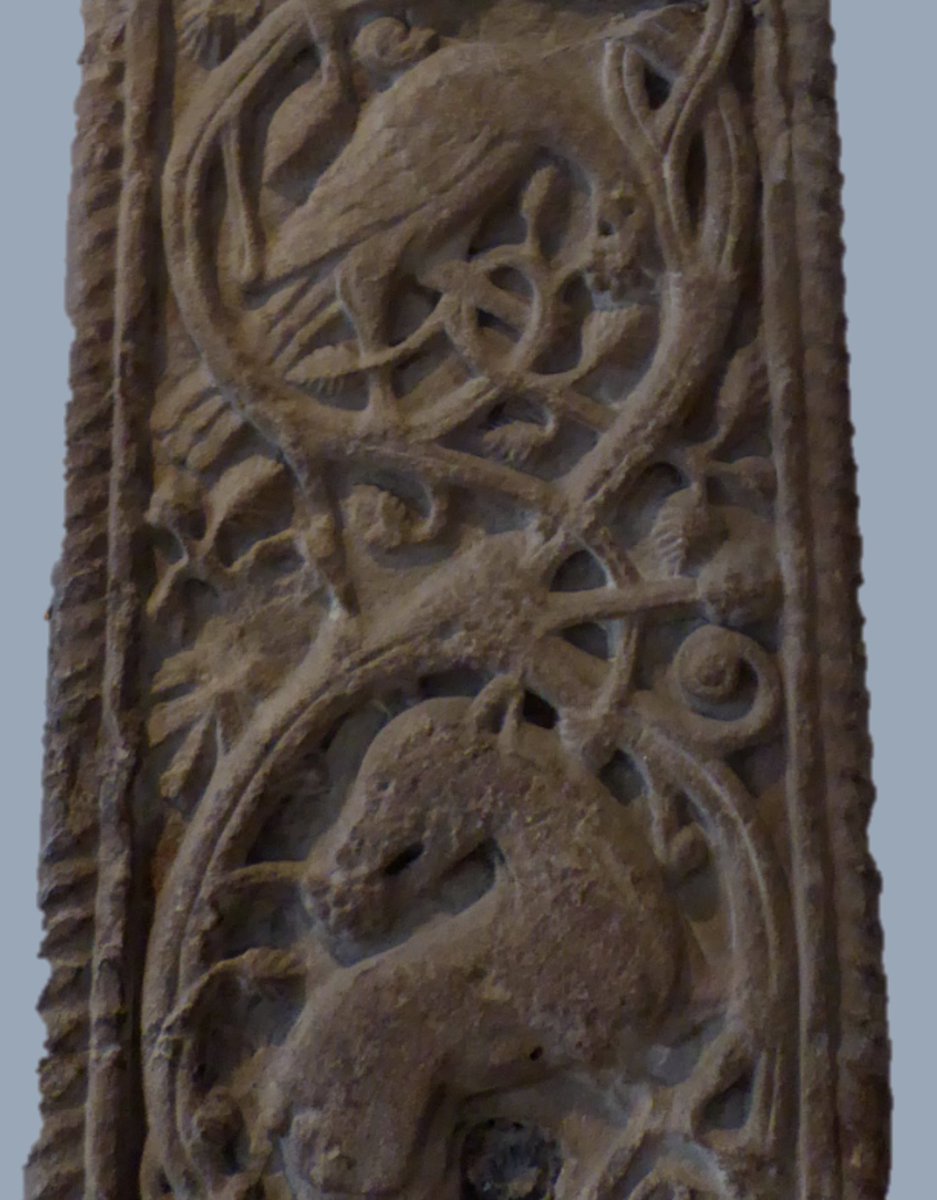
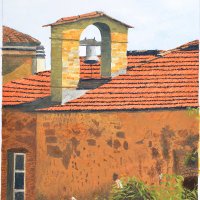
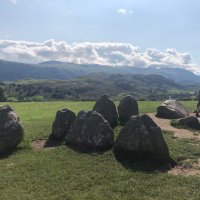
The Corpus of Anglo-Saxon Stone Sculpture (CASSS) Can’t beat a hog back in my opinion! There are some glorious ones at Brompton near Northallerton.

Happy Valentine's Day! What do you love ❤️ about #earlymedieval stone sculpture? Do you have a favourite fragment or monument?
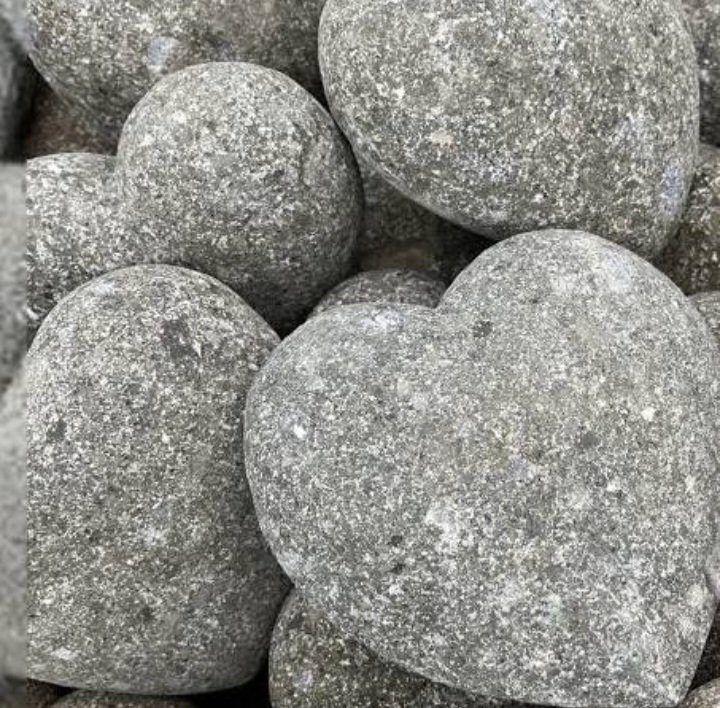


A late 7th c date for these & related pieces comes from the fact that 4 of the Wearmouth examples are in situ in the west porch of St Peter's church Bede Wearmouth (Cramp 1984: 120-1). This porch is generally considered part of the first church on site, founded AD 674.












